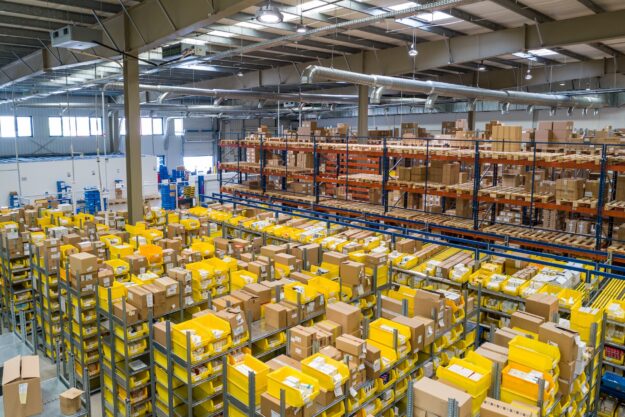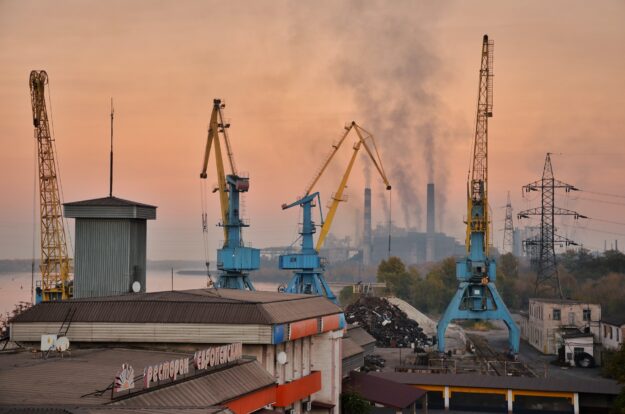Why Supply Chain Transparency Matters: Building Trust with Consumers
Supply chain transparency is crucial for building consumer trust. By offering visibility into the supply chain, businesses establish credibility, demonstrate social responsibility, and meet the demand for ethical products. Transparent supply chains enhance brand reputation, drive customer loyalty, and mitigate risks. Embracing technology and collaborating with suppliers are key in achieving transparency. Supply chain transparency is a win-win situation for businesses and consumers, fostering responsible consumption and building long-term trust.










